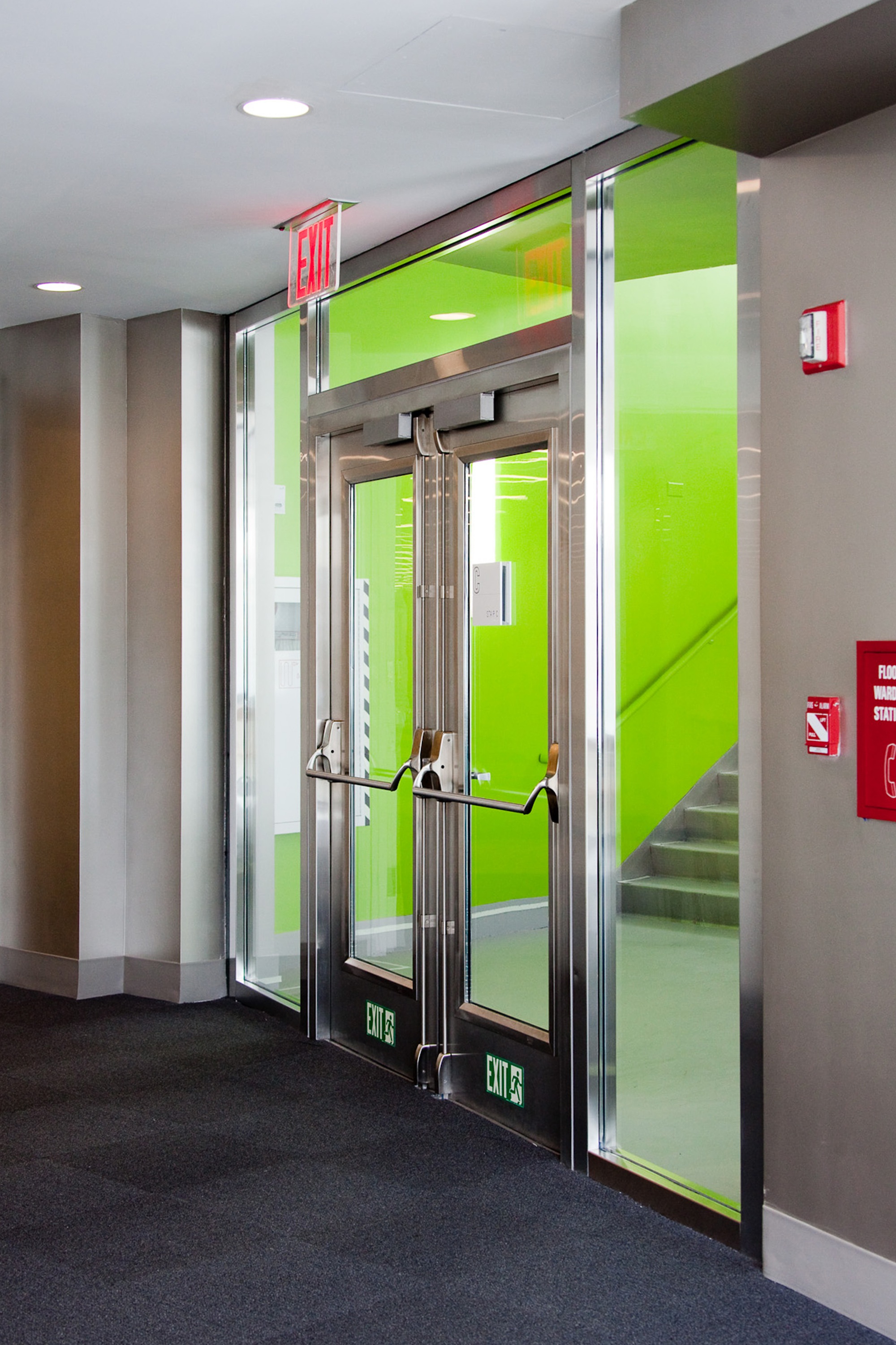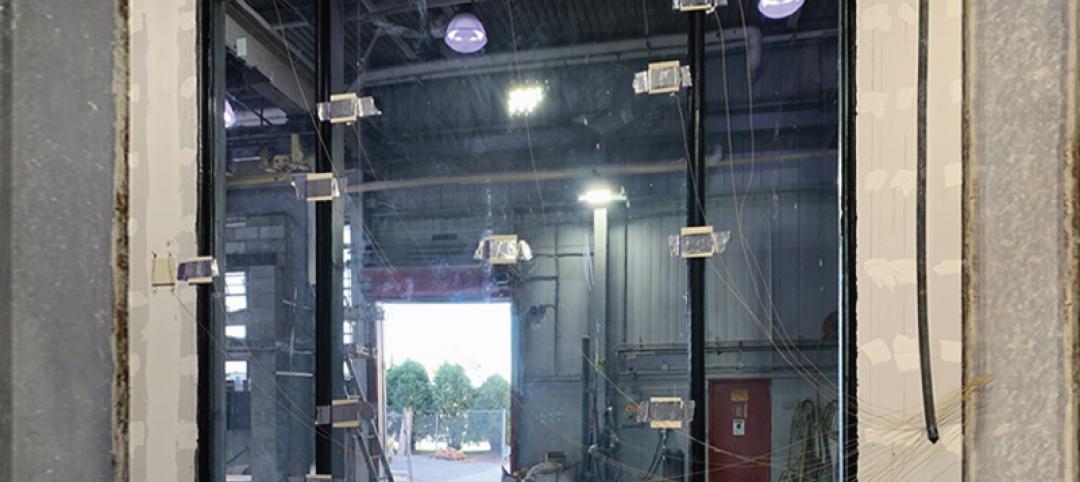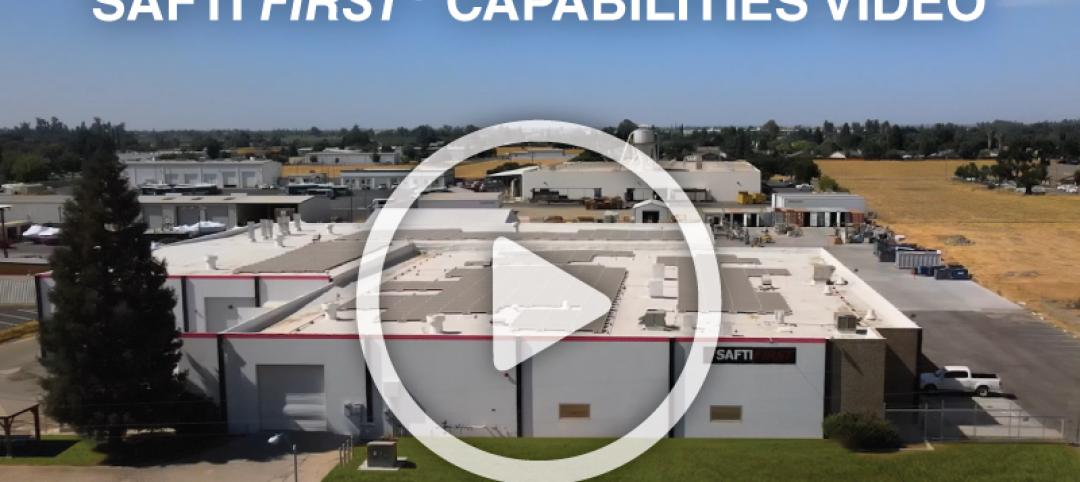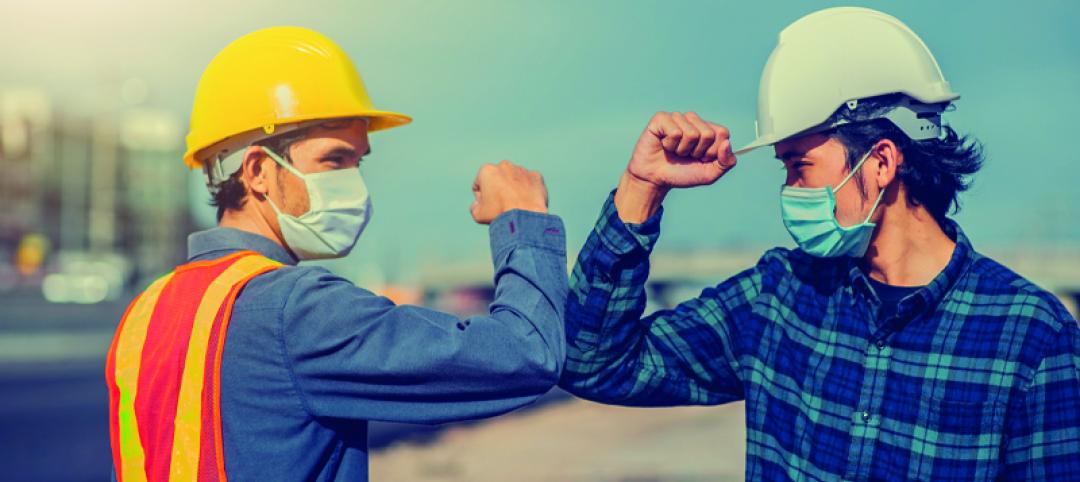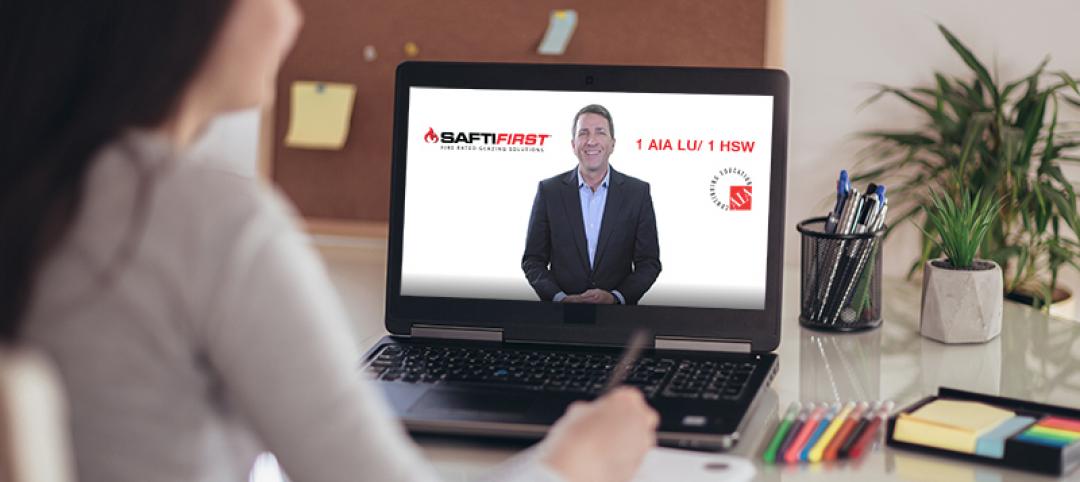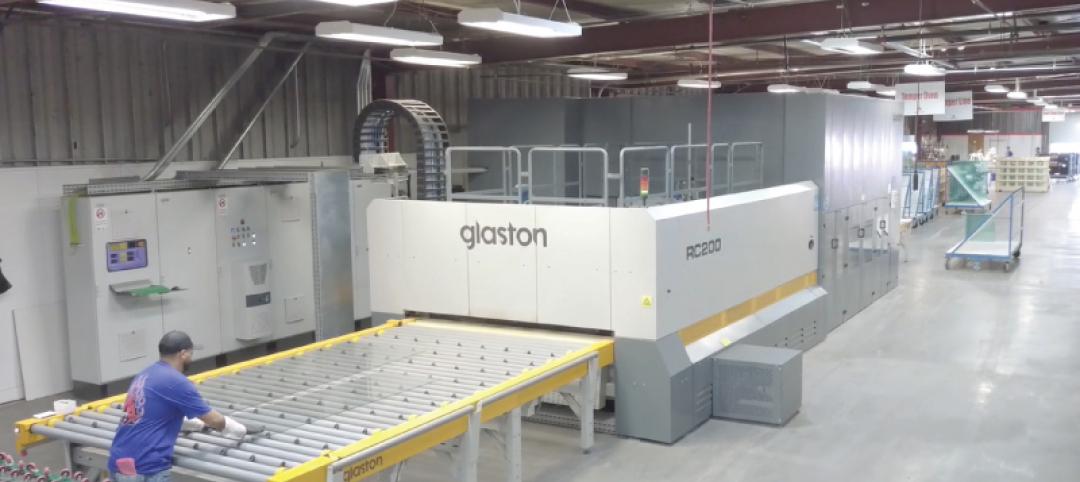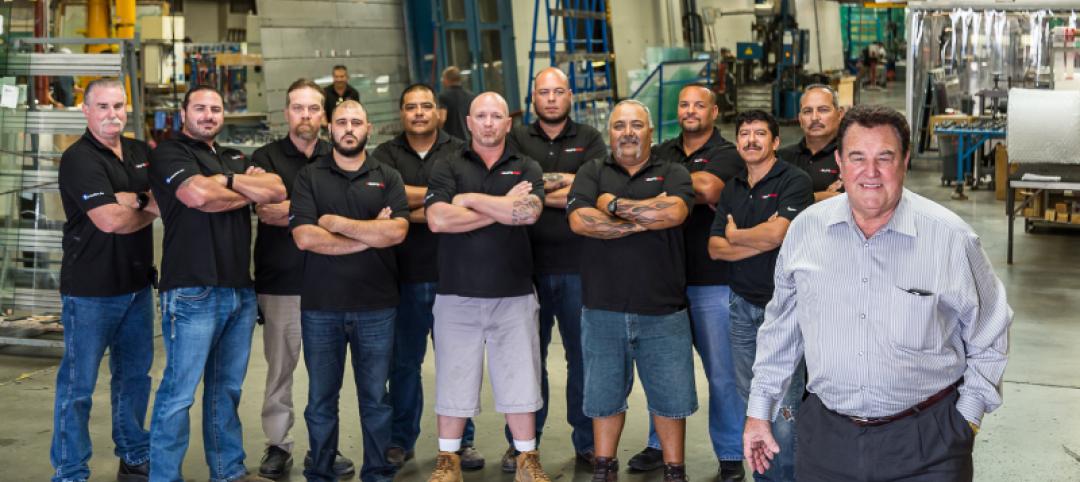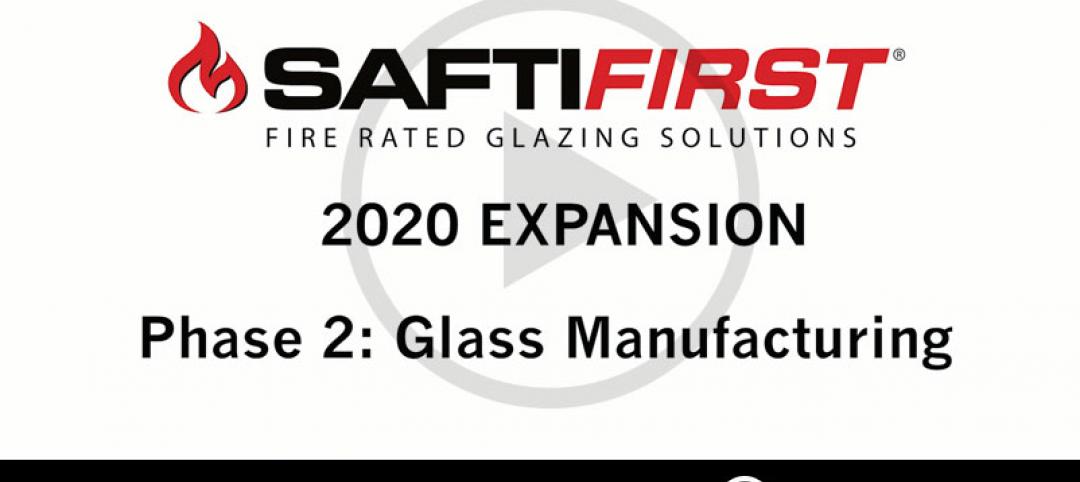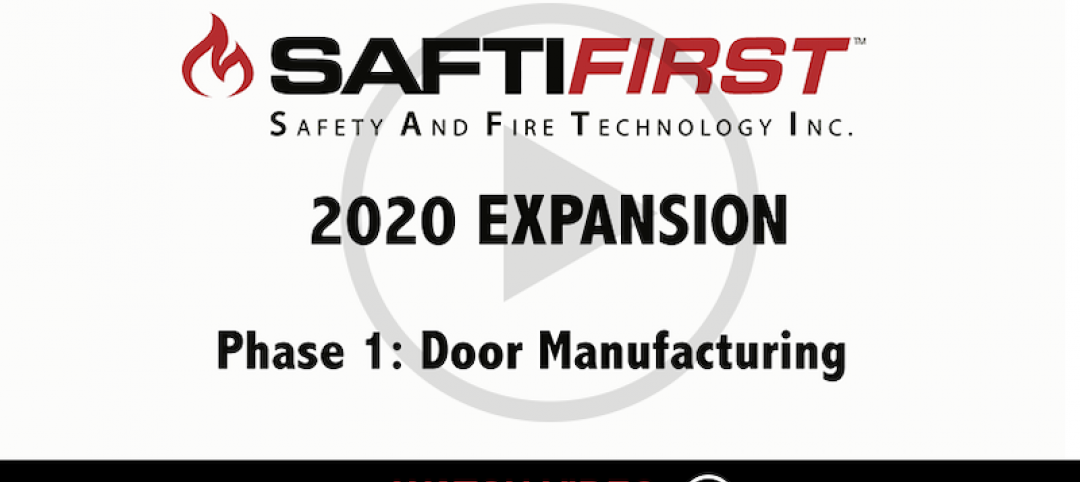Much attention has been given to active fire protection systems, such as fire sprinklers, that are designed to suppress fires. While automatic sprinklers are reliable, they are neither absolute nor infallible.
According to the NFPA’s “U.S. Experience with Sprinklers” report in June 2013, sprinklers operated in 91 percent of all reported structures large enough to activate sprinklers. And when they operated, they were effective 96 percent of the time, resulting in a combined performance of operating effectively in 87 percent of all reported fires in which sprinklers were present in the fire area where the fire was large enough to activate them.
Because sprinklers can and have failed, it makes sense to employ a balanced or redundant approach by having both active fire protection systems (such as sprinklers) and passive fire protection systems (such as fire resistive walls and doors) that are built into the structure. Fire resistive building materials create fire barriers, firewalls, fire partitions, fire doors, protective openings and smoke barriers that form compartments, or occupancy separations, that contain flames, heat and gases at the point of origin so that building occupants may exit the building safely. Passive or built-in fire protection works 24/7 without the mechanical triggers that sprinklers need, which makes it reliable and virtually maintenance-free.
Fire resistive building materials also are the best defense against radiant heat, which is extremely dangerous to building occupants during a fire. Radiant heat can quickly reach a level that causes unbearable human pain and can start spontaneous combustion of materials—both of which prevent safe egress. Click here to learn the key benefits of passive or built-in fire protection.
The 2012 IBC addresses the potential for dangerous radiant heat transfer through glazing in sections 716.5.5 and 716.5.5.1. Where the building is not fully sprinklered, a temperature rise door is required. Where the building is fully sprinklered, a temperature rise door is not required under an exception, but the glazing in the door is limited to 100 sq in. unless fire resistive glazing is used. Some special-interest manufacturers have erroneously interpreted the exception in 716.5.5. to mean that fire-protective glass like ceramics can be used in excess of 100 sq in. if the building is fully sprinklered, contrary to the specific provisions of subsection 716.5.5.1:
716.5.5 Doors in interior exit stairways and ramps and exit passageways. Fire door assemblies in interior exit stairways and ramps and exit passageways shall have a maximum transmitted temperature rise of not more than 450°F (250°C) above ambient at the end of 30 minutes of standard fire test exposure.
Exception: The maximum transmitted temperature rise is not required in buildings equipped throughout with an automatic sprinkler system installed in accordance with Section 903.3.1.1 or 903.3.1.2.
The code and 2012 IBC Commentary make clear in Section 716.5.5.1 that the glazing used in the door in a fully sprinklered building is still limited to 100 sq in. if fire-protective glazing is used, even if the door is not a temperature rise door. To exceed 100 sq in. in the vision area, fire resistive glazing must be used:
716.5.5.1 Glazing in doors. Fire protection-rated glazing in excess of 100 square inches (0.065 m2) is not permitted. Fire resistance-rated glazing in excess of 100 square inches (0.065 m2) shall be permitted in fire door assemblies when tested as components of the door assemblies, and not as glass lights, and shall have a maximum transmitted temperature rise of 450°F (250°C) in accordance with Section 716.5.5.
IBC Commentary:This section only addresses glazing in doors in stairway enclosures and exit passage enclosures. Glazing 100 square inches (0.065 m2) or less may be fire protection-rated glazing. Glazing over 100 square inches (0.065 m2) must be fire resistance-rated glazing. The larger glazing panels in fire doors shall have a temperature rise rating of 450°F (250°C). This increased glazing is to be tested as a component of the door. The test methods to be utilized are listed in Section 716.5 and include NFPA 252, UL 10B and UL 10C. The 100-square-inch (0.065 m2) threshold is consistent with the glazing size limitations contained in Section 716.5.8.1.2.1. Glazing over 100 square inches (0.065 m2) in doors shall have the temperature rise rating in a sprinklered building, even though the door itself does not need the temperature rise rating.
It has long been recognized that water curtains do not block radiant heat. Fire-resistive glazing provides continuous fire and radiant heat protection without the need for triggers that require maintenance and are at risk of not working in an emergency or disaster situation. In addition, incorporating clear lines of sight through transparent walls, doors and openings is a significant benefit to first responders.
At the end of the day, when something as important as life safety is the issue, an either/or proposition to fire safety is hardly the answer. Having both active and passive fire protection systems may seem redundant, but it’s these redundancies that provide improved levels of safety.
More from Author
Bill O'Keeffe | Oct 19, 2020
Going virtual
Manufacturers use virtual platforms to help architects meet CEU requirements.
Bill O'Keeffe | Jul 16, 2020
Obsolete?
"Revolutional, affordable, USA made Fire Rated Glazing for all fire protective areas makes ceramic glazing obsolete". Check out SuperClear 45-HS and SuperClear 45-HS-LI to understand why!
Bill O'Keeffe | Feb 10, 2020
USA-made fire rated glazing goes big in 2020
We are pleased to announce and share that the second phase of this $8 million expansion, upgrading our fire rated glass manufacturing facilities in Merced, California, is underway.
Bill O'Keeffe | Nov 20, 2019
Demand for advanced, USA-made fire rated glazing “RAISES THE ROOF”
With architects specifying full-vision, code-compliant, 60 and 90 minute, temperature rise doors for exit stairwells and other code required applications, we found this as an opportunity to expand our product offerings.

